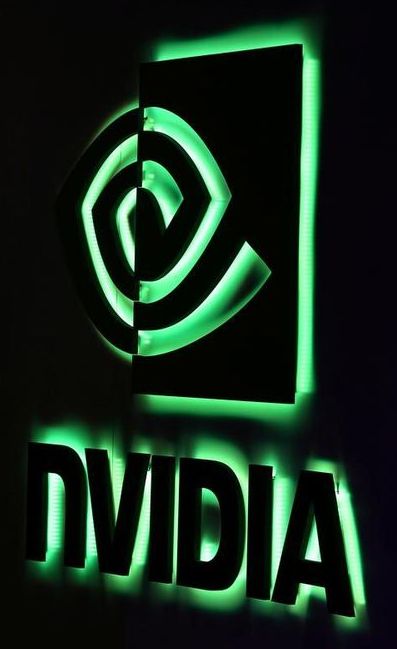To start, Volvo’s Vera will ferry goods from a logistics center to a port in Gothenburg, Sweden. But more Veras will eventually mean fewer trucking jobs.
Category: transportation – Page 439

Free of Heavy Metals, New Battery Design Could Alleviate Environmental Concerns
Today, IBM Research is building on a long history of materials science innovation to unveil a new battery discovery. This new research could help eliminate the need for heavy metals in battery production and transform the long-term sustainability of many elements of our energy infrastructure.
As battery-powered alternatives for everything from vehicles to smart energy grids are explored, there remain significant concerns around the sustainability of available battery technologies.
Many battery materials, including heavy metals such as nickel and cobalt, pose tremendous environmental and humanitarian risks. Cobalt in particular, which is largely available in central Africa, has come under fire for careless and exploitative extraction practices.1
The Fighter Plane Powerful Enough to Destroy a Satellite in Space
Aviation buffs: See firsthand footage of an F-15 shooting down a Russian space satellite.
Stream Air Warriors: http://bitly.com/2Kokhxq

London’s electric buses are getting fake noise, and it’s positively psychedelic
From next year, some of London’s electric buses will play artificial noise while traveling at low speeds, and the specific sound that’s been created for them is an ambient treat for the ears. The noise was created by Zelig Sound, which has been working with Transport for London on the audio over the past year.
The sound is being introduced in response to a new EU law which stipulates that all electric vehicles will eventually need to produce artificial noise while traveling at low speeds, to make up for the lack of noise from their internal engines. If you can’t hear a vehicle, then you’re not as aware of its presence, and research suggests pedestrians are more likely to be hit by electric or hybrid cars as a result.
Wired reports the base note is a soft F#maj7 chord, with a slight pulsing sound in the background. This is what gets played when a bus is stationary:

Why Haven’t Hydrogen Vehicles Taken Over the World Yet?
What ever happened to hydrogen cars?
Via Seeker

IBM Research Created a New Battery That Outperforms Lithium-Ion—No Problematic Heavy Metals Required
With everything from cars, to trucks, to even airplanes going electric, the demand for batteries is going to continue to skyrocket in the coming years—but the availability of the materials currently used to make them is limited. So scientists at IBM Research have developed a new battery whose unique ingredients can be extracted from seawater instead of mining.

Camouflage made of quantum material could hide you from infrared cameras
Infrared cameras detect people and other objects by the heat they emit. Now, researchers have discovered the uncanny ability of a material to hide a target by masking its telltale heat properties.
The effect works for a range of temperatures that one day could include humans and vehicles, presenting a future asset to stealth technologies, the researchers say.
What makes the material special is its quantum nature—properties that are unexplainable by classical physics. The study, published today in the Proceedings of the National Academy of Sciences, is one step closer to unlocking the quantum material’s full potential.
